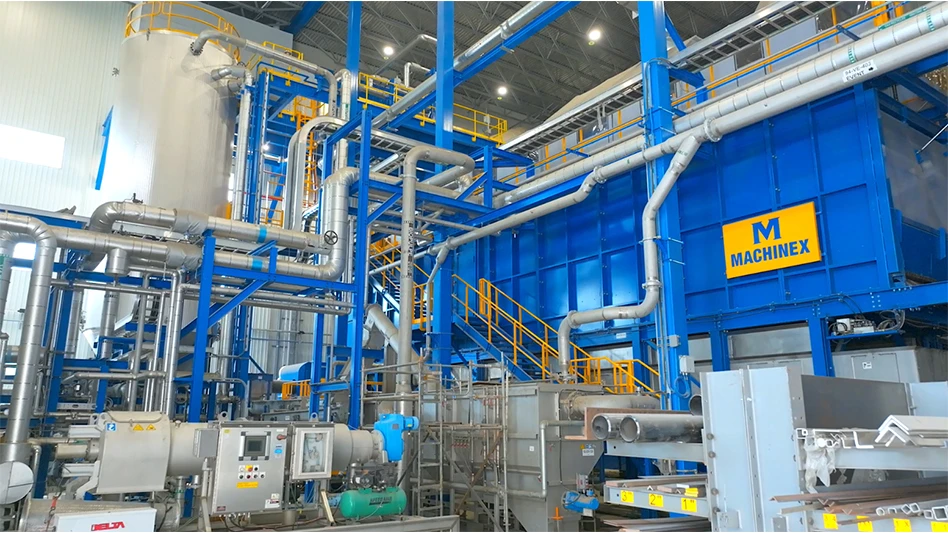
Image provided by iStock and Feverpitch
California Gov. Gavin Newsom has signed into law two bills that two advocacy groups say will lead to “free and convenient collection locations throughout the state for loose batteries and embedded-battery products.”
According to the California Product Stewardship Council (CPSC) and its executive director Doug Kobold, Senate Bill (S.B.) 1215 and Assembly Bill (A.B.) 2440, when enacted, will increase battery recycling in California. Joining in praise for the bill, which has extended producer responsibility (EPR) aspects to it, is Californians Against Waste.
“This is a historic achievement,” says Nick Lapis, director of advocacy with Californians Against Waste. “With these bills, Californians will finally have convenient, universal access to battery recycling. This will not only keep them out of the garbage and recycling streams where they pose such a huge hazard but will also ensure that they get recycled, reducing our need to extract more natural resources for new electronics.”
San Carlos, California-based RethinkWaste, which serves a solid waste and recycling district with services including a materials recovery facility (MRF), points to fire safety aspects of the envisioned collection system.
“This is a great day for our industry with the governor signing these bills,” says Joe La Mariana, executive director of RethinkWaste. “S.B. 1215 and A.B. 2440 together will protect our workers and infrastructure from the growing number of batteries entering the waste stream every day. This year alone, RethinkWaste has already suffered six fires due to a lithium-ion or suspected lithium-ion battery. I fear every day an improperly disposed of product with an embedded battery or loose battery could result in another catastrophic fire like the one we faced in 2016.”
The three organizations say both bills set a “national precedent addressing rising occurrences of fires in waste and recycling systems.”
According to the CSPC, S.B. 1215, known as the Electronic Waste Recycling Act of 2003, expands the definition of “covered electronic device” to include a “covered battery-embedded products,” as defined by the bill. Such products include but are not limited to smartphones, tablets, laptop computers, digital cameras, game consoles and cordless power tools.
“This bill underscores the idea of EPR,” writes the CPSC. “EPR ensures that producers will be responsible for end-of-life costs of products instead of governments and taxpayers. In this case, the disposal of covered and embedded batteries will shift from taxpayer-funded waste management programs to stewardship organizations funded by producers of the products.”
The organization states, “The influx of battery-embedded products into our waste stream has resulted in an alarming number of fires in our material recovery facilities, waste collection trucks and landfills.”
A.B. 2440, known as the Responsible Battery Recycle Act of 2022, requires producers to establish, fund and operate a stewardship program for the collection and recycling of covered batteries.
Latest from Recycling Today
- Liebherr USA adds sustainability GM
- BGL report finds solid foundations for sustainability investments
- Bridgestone introduces retreating plant virtual tour
- USTMA announces Tire Recycling Foundation
- Dow announces agreement with Freepoint and MOU for Asia Pacific market with SCGC
- Mixed signals chracterize ferrous market
- Researchers look into ironing out a secondary aluminum limitation
- Analysis: Chemical recycling’s ‘inflection point’ nearing





